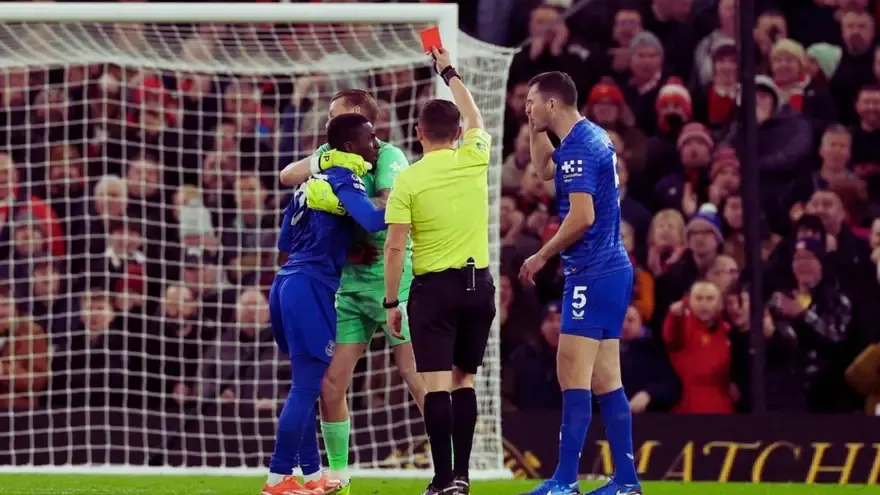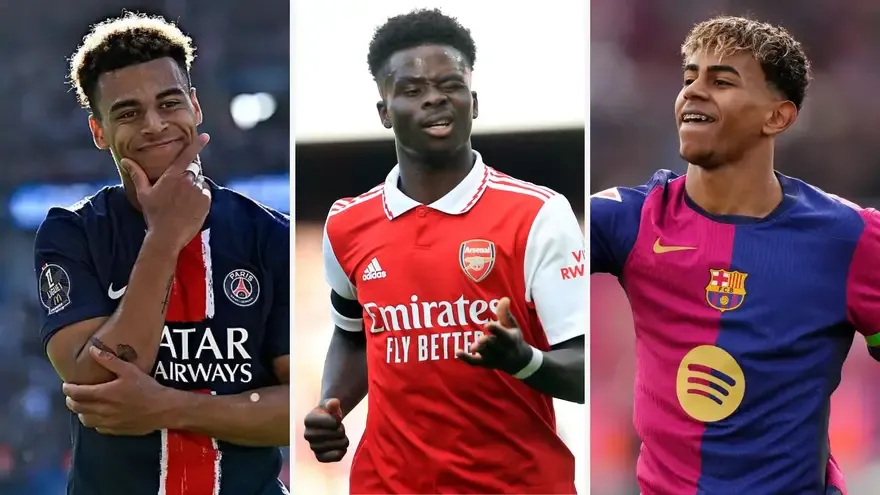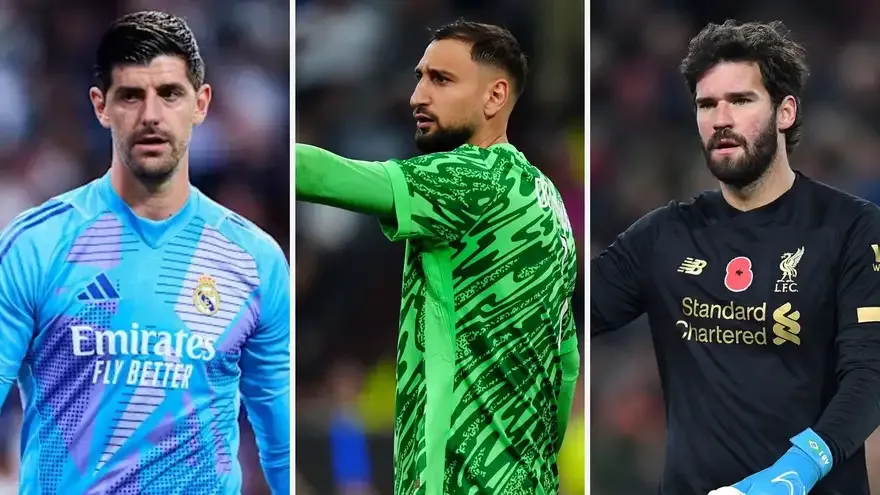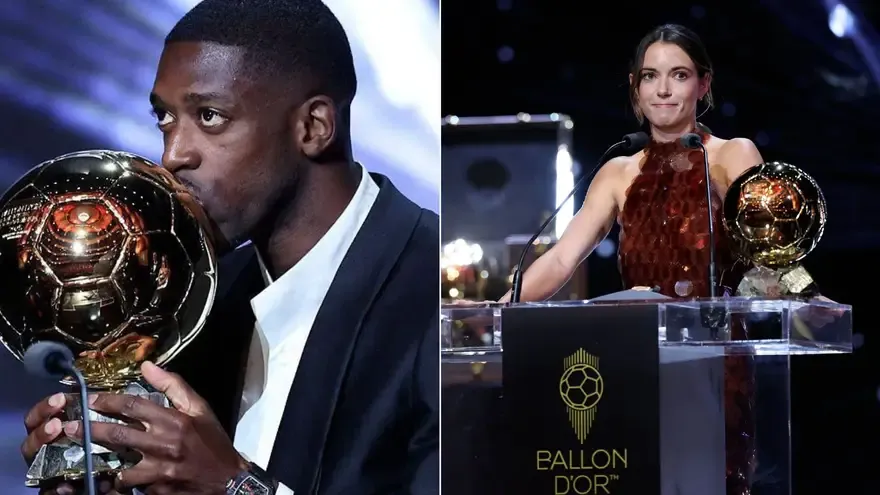The Red card is used by the referees and the officials to remove a player from the match. It means the automatic ejection of the player and that the player's team will remain shorthanded for the remainder of the match. Red cards are given to the players when the player's behavior is unethical or the conduct is unacceptable. It can also be given to the players who have received 2 yellow cards in the same match. In some plays, red cards can be given by the match officials. Also in some situations, the match officials and referees have a choice to choose between ejecting or cautioning the player's behavior.
Various conditions when players get red cards:
• Severe foul
• Violent conduct
• Spitting at anyone
• Handling the ball to stop a goal
• Fouling to stop a goal
• Abusive language or acts
• Taunting or baiting an opponent
• 2nd caution
Issuing a Red card
Using Excessive Force
Serious Foul Play: A player will receive a red car for using force that’s more than necessary. For example, tackling a player whom the player intends to injure. If a player commits a violent foul with ‘intent to harm it’s a red card. For example; A player goes in to tackle someone but the ball is far from the tackle – this can be seen as intentional because there was no chance that the player would win the ball.
Lunging
If a player lunges or slides towards a player with their leg raised aggressively, with the studs toward the opponent. It can be one leg or two, coming from the front, back, or sides. This is classified as ‘serious foul play. If a player commits an offense while the ball is still in play. The referee can let the play continue to allow an advantage and give a red when the ball is out of play. If a player is out of control of where their leg is going because they can’t stop themselves, it’s a lunge.
Violent Conduct:
When the player punches or kicks someone excessively and brutally or challenges a player or a spectator its a violence. It can be on the field of play or outside of it. It applies to any player on the pitch and also those on the bench. The referee will only allow play to continue if there is a goal-scoring opportunity.
Object Or Ball Thrown:
If a player throws an object, either on the pitch or bench, in an aggressive manner, the player will be shown a red card.
Denying A Goal Or Scoring Opportunity:
If a goal-scoring opportunity is denied, this can be inside the penalty box or outside. The referee allows play to continue as an advantage and if a goal is scored, only a yellow card would be given. The two offences for this to happen are;
• Deliberate handball
• Any offence that would cause a freekick.
The closer to the goal the offence occurs, the more likely a red card is given. Including if the ball would have gone into the goal if it were not for the handball.
Offensive, Insulting or Abusive Language:
Any player who’s guilty of the above must be sent off. This can be towards any person, player, official, or spectator.
Two Yellow Cards:
If a player is shown two yellow cards in a game, the referee will show the second yellow to the player and then the red card. The player needs to then leave the field and can no longer take part.
The Red card is used by the referees and the officials to remove a player from the match. It means the automatic ejection of the player and that the player's team will remain shorthanded for the remainder of the match. Red cards are given to the players when the player's behavior is unethical or the conduct is unacceptable. It can also be given to the players who have received 2 yellow cards in the same match. In some plays, red cards can be given by the match officials. Also in some situations, the match officials and referees have a choice to choose between ejecting or cautioning the player's behavior.
Various conditions when players get red cards:
• Severe foul
• Violent conduct
• Spitting at anyone
• Handling the ball to stop a goal
• Fouling to stop a goal
• Abusive language or acts
• Taunting or baiting an opponent
• 2nd caution
Issuing a Red card
Using Excessive Force
Serious Foul Play: A player will receive a red car for using force that’s more than necessary. For example, tackling a player whom the player intends to injure. If a player commits a violent foul with ‘intent to harm it’s a red card. For example; A player goes in to tackle someone but the ball is far from the tackle – this can be seen as intentional because there was no chance that the player would win the ball.
Lunging
If a player lunges or slides towards a player with their leg raised aggressively, with the studs toward the opponent. It can be one leg or two, coming from the front, back, or sides. This is classified as ‘serious foul play. If a player commits an offense while the ball is still in play. The referee can let the play continue to allow an advantage and give a red when the ball is out of play. If a player is out of control of where their leg is going because they can’t stop themselves, it’s a lunge.
Violent Conduct:
When the player punches or kicks someone excessively and brutally or challenges a player or a spectator its a violence. It can be on the field of play or outside of it. It applies to any player on the pitch and also those on the bench. The referee will only allow play to continue if there is a goal-scoring opportunity.
Object Or Ball Thrown:
If a player throws an object, either on the pitch or bench, in an aggressive manner, the player will be shown a red card.
Denying A Goal Or Scoring Opportunity:
If a goal-scoring opportunity is denied, this can be inside the penalty box or outside. The referee allows play to continue as an advantage and if a goal is scored, only a yellow card would be given. The two offences for this to happen are;
• Deliberate handball
• Any offence that would cause a freekick.
The closer to the goal the offence occurs, the more likely a red card is given. Including if the ball would have gone into the goal if it were not for the handball.
Offensive, Insulting or Abusive Language:
Any player who’s guilty of the above must be sent off. This can be towards any person, player, official, or spectator.
Two Yellow Cards:
If a player is shown two yellow cards in a game, the referee will show the second yellow to the player and then the red card. The player needs to then leave the field and can no longer take part.














